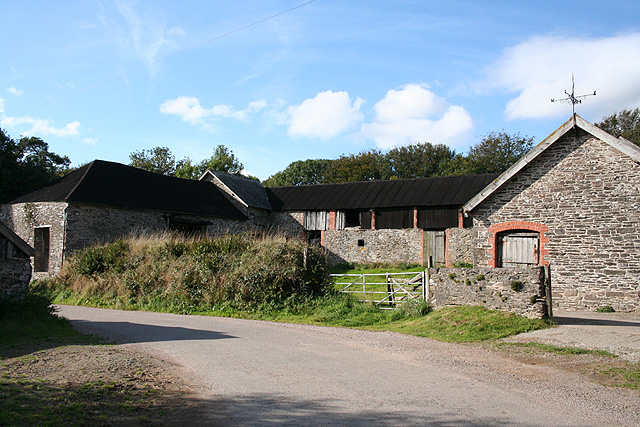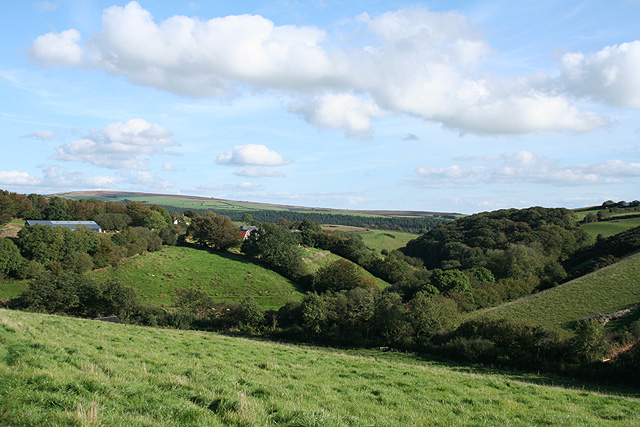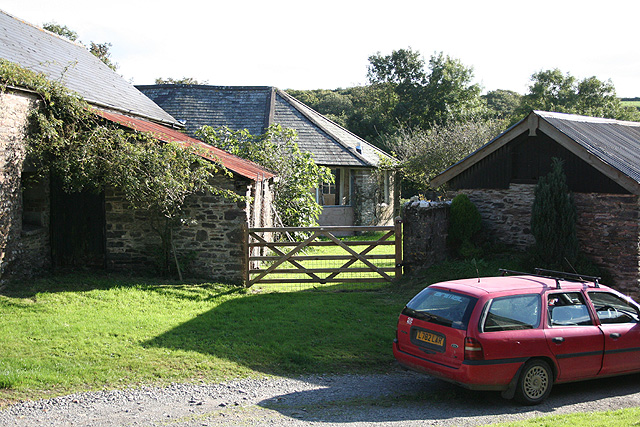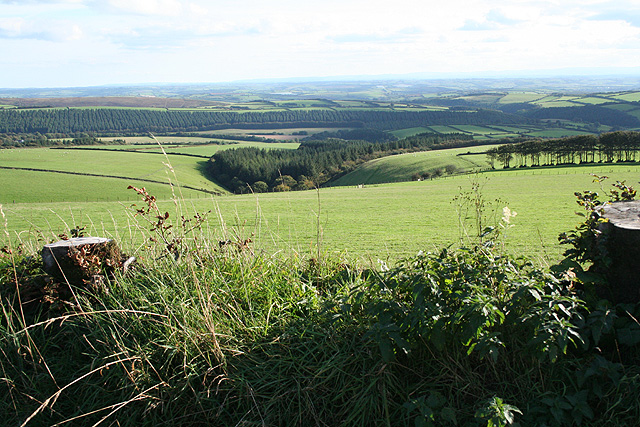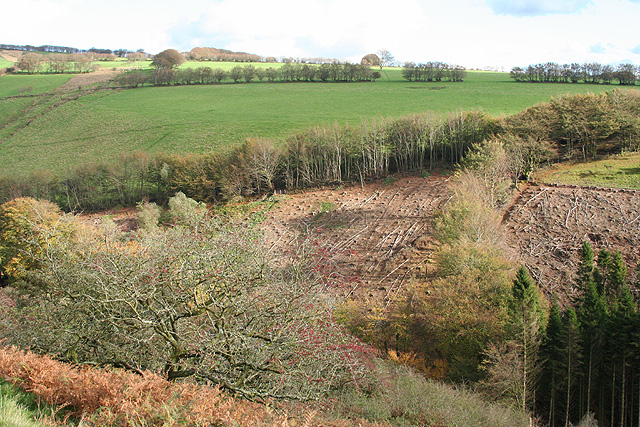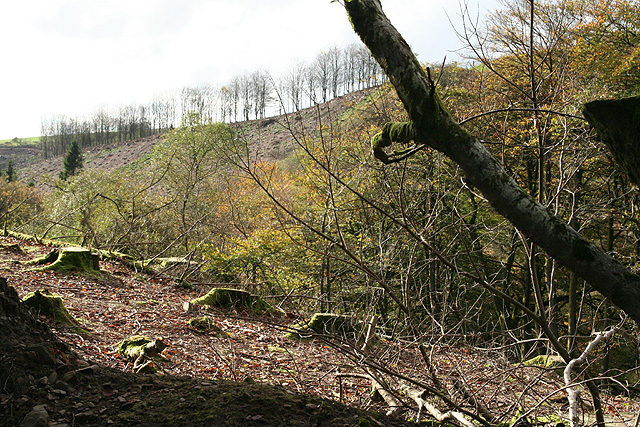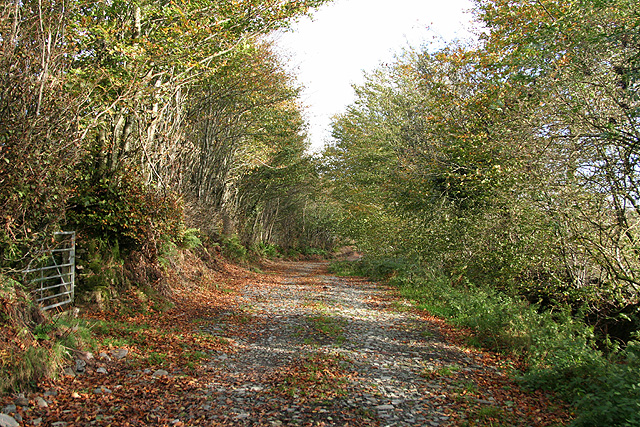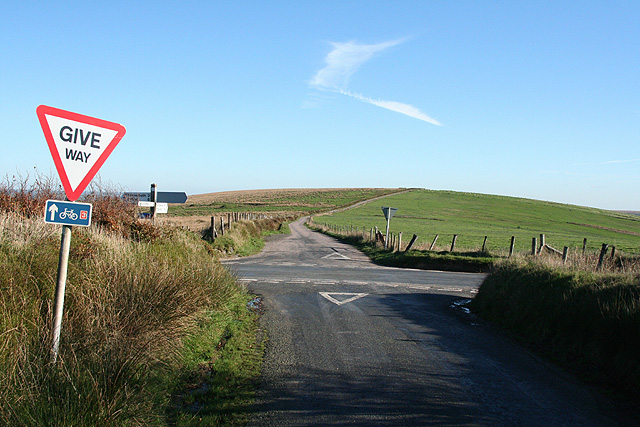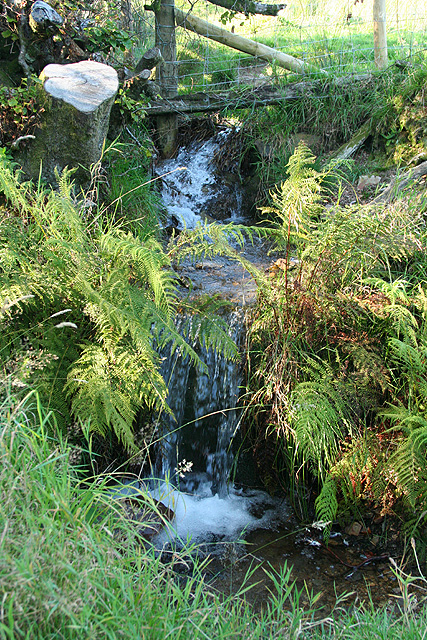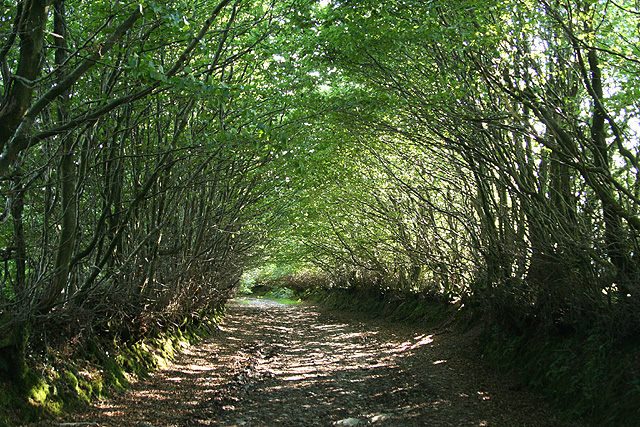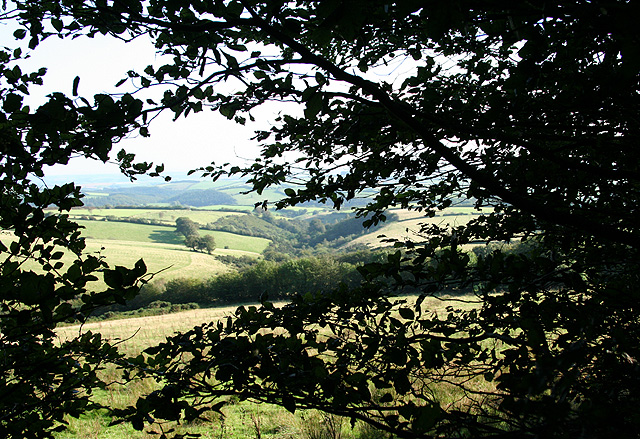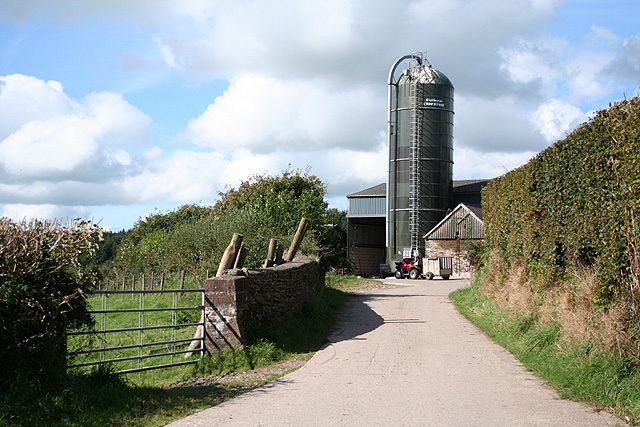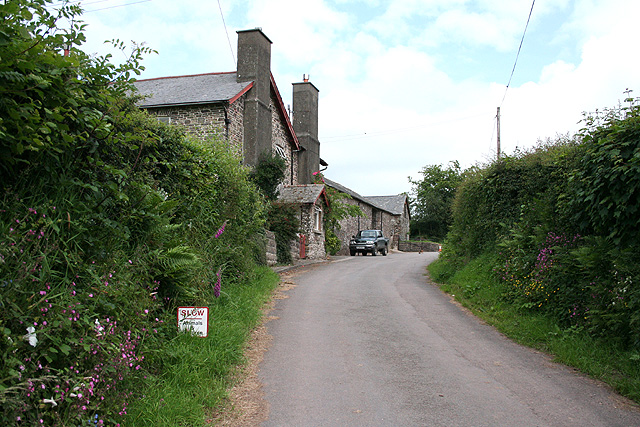Span Bottom
Valley in Devon North Devon
England
Span Bottom
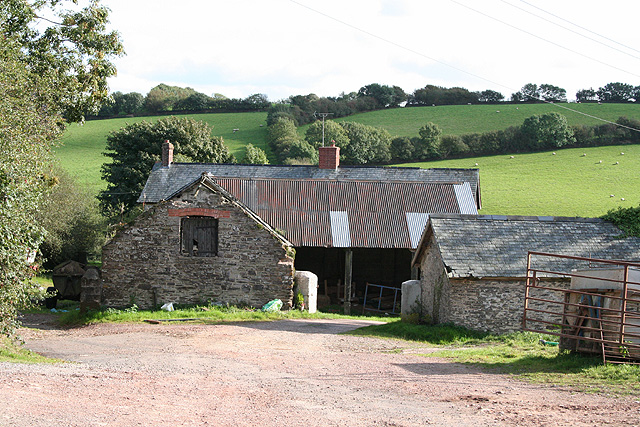
The requested URL returned error: 429 Too Many Requests
If you have any feedback on the listing, please let us know in the comments section below.
Span Bottom Images
Images are sourced within 2km of 51.101843/-3.8156915 or Grid Reference SS7235. Thanks to Geograph Open Source API. All images are credited.
![High Bray: above Sherracombe Ford Looking east-north-east. Sherracombe Ford is Exmoor’s earliest known iron ore smelting site. Mounds of slag remain and radiocarbon dating here suggests Roman activity. [Source: Hazel Riley and Robert Wilson-North. The Field Archaeology of Exmoor. English Heritage, 2001]](https://s1.geograph.org.uk/photos/26/64/266449_231c78b3.jpg)
![High Bray: towards Sherracombe Ford Beyond the second gate, on the roughly level area of grass and bracken by the side of the wooded stream is an ironworking site. Smelting was carried out on three identifiable working platforms. Mounds of slag remain and radiocarbon dating here suggests Roman activity. An archaeological investigation was carried out at the beginning of this century. [Part source: Hazel Riley and Robert Wilson-North. The Field Archaeology of Exmoor. English Heritage, 2001]. Looking east](https://s2.geograph.org.uk/photos/26/64/266450_ba213c09.jpg)
Span Bottom is located at Grid Ref: SS7235 (Lat: 51.101843, Lng: -3.8156915)
Administrative County: Devon
District: North Devon
Police Authority: Devon and Cornwall
What 3 Words
///hope.ducks.wildfires. Near South Molton, Devon
Nearby Locations
Related Wikis
Bentwitchen
Bentwitchen is a hamlet in Devon, England. == References ==
North Radworthy
North Radworthy is a hamlet and historic estate in the civil parish and former manor of North Molton, in the North Devon district of the county of Devon...
South Radworthy
South Radworthy is a hamlet in the civil parish of North Molton, in the North Devon District of the county of Devon, England. It is about three miles to...
High Bray
High Bray is a village, church of England parish and former civil parish, now in the parish of Brayford, in the North Devon district, in the county of...
Have you been to Span Bottom?
Leave your review of Span Bottom below (or comments, questions and feedback).
